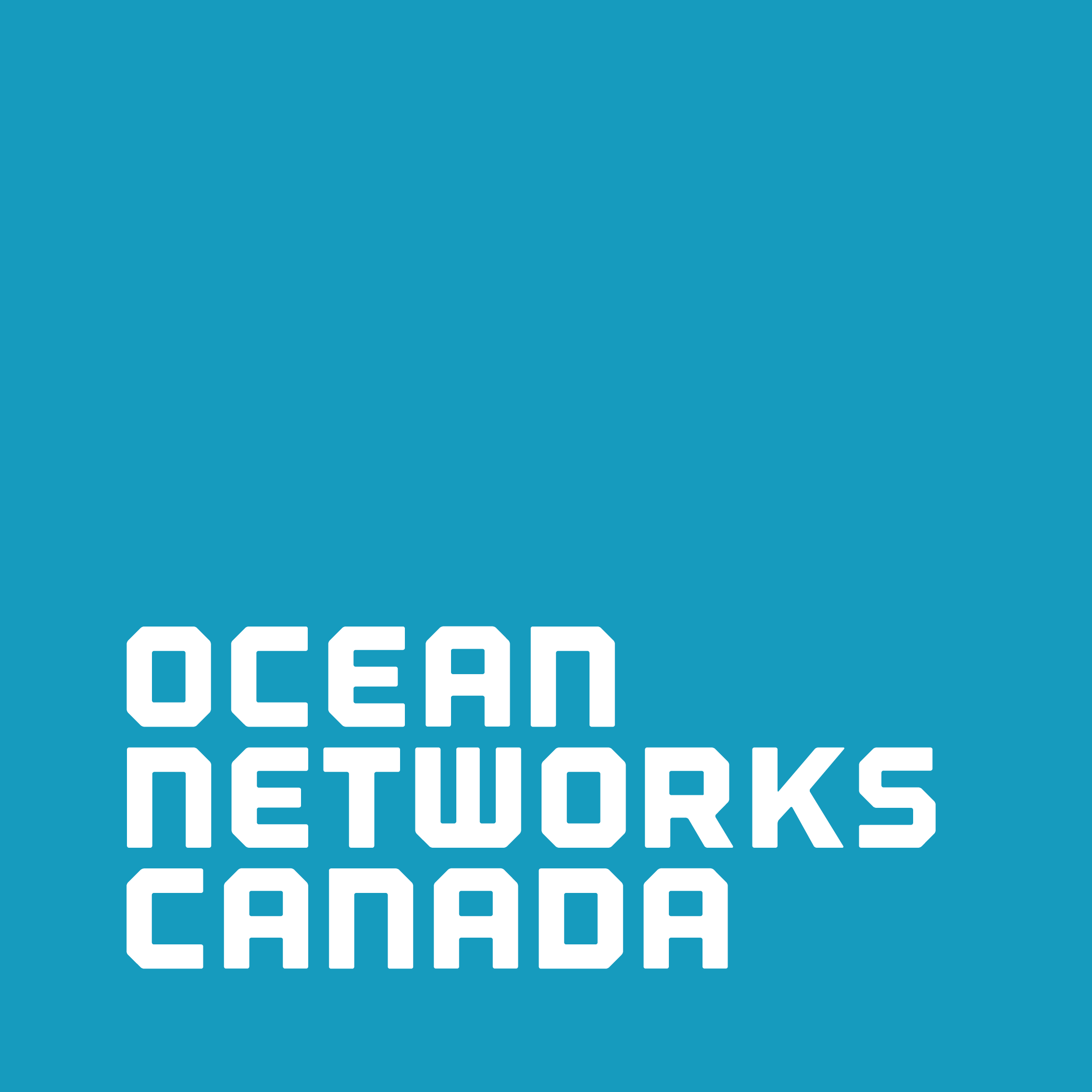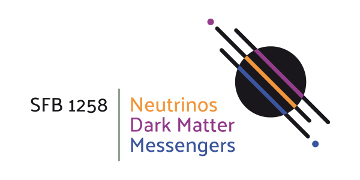Location
P-ONE Telescope
Sonic Platform
Ocean Networks
Register
Contact
Credits
Radio Amnion: Sonic Transmissions of Care in Oceanic Space is a multi-year sound art project for the waters of Earth, commissioning and relaying new compositions by contemporary artists more than 2kms deep with/in the Pacific Ocean. During each full moon, far beyond human perception, the abyssal waters of Cascadia Basin resonate with the deep frequencies and voices of invited artists. All transmissions are relayed in the sea through a submerged neutrino telescope experiment’s calibration system and available here online only during the three days of each full moon. Register to be notified for our next transmissions.
The Radio Amnion project is possible due to a collaboration with the ‘P-ONE’ ‘neutrino telescope’ experiment of the SFB1258: Neutrino and Dark Matter Group at the Technical University of Munich. The ‘P-ONE’ telescope is partnered with Ocean Networks Canada: a vast underwater oceanographic observatory monitoring marine ecosystem function, deep-sea biodiversity, and multiple geological dynamics with their 840 km NEPTUNE Observatory in the Pacific north west.
Invocations, blessings & affirmations from Radio Amnion are first and foremost for and to the Ocean, streamed in those remote cyclic depths that irrigate our connected lives and worlds. Artist’s compositions enter and expand these new hybrid spaces where ecology and astronomy intersect, where deep sea and deep space convene, where scientific and cultural cosmologies develop new types of relationships.
P-ONE Telescope
The ‘Pacific Ocean Neutrino Experiment’ is a submerged neutrino telescope initiative led by Prof Elisa Resconi of the Technical University of Munich’s Neutrino and Dark Matter Group SFB1258. Deep underwater the cosmic radiative noise of Earth’s surface is heavily reduced, making it possible to detect more rare and elusive particle interactions within the water itself.
Since neutrinos do not carry a charge, they do not interact with our typical ‘baryonic’ matter. They are completely translucent and have other strange properties that cause physicists to believe in the possibility of a completely other type of physics. To attempt to elicit communications from these hidden cosmic messengers, physicists of the SFB1258 are testing the location of Cascadia Basin for the implementation of a submerged multi-cubic kilometer telescope made up of a vast matrixial array of floating, tethered optical modules. It is from these optical modules that Radio Amnion transmits into the Ocean.
The optical equipment submerged 2.6 kms underwater attempts to view and reconstruct the rare faster-than-light neutrino intra-actions occurring in the elemental waters of Earth. Fluorescing an ultraviolet ‘Cherenkov’ radiation on their encounters with charged hydrogen, it is the water itself that collides with the ghost like phantom particles causing cascades of superluminous particle showers deep within the Earth across hundreds and thousands of metres.
For more information please see the German Science Research News article on P-ONE.
Sonic Platform
The bronze, glass, steel, rubber and electronics sound sculpture—the Radio Amnion Sonic Platform designed by artist Jol Thoms—is one of several hundred glass spheres that make up the aquatic P-ONE telescope. The other glass orbs house optical equipment designed to register and amplify the faster-than-light UV signals caused by rare neutrino particle intra-actions in the sea water. The Sonic Platform was designed to quietly relay spirited messages from artists and researchers directly to the Ocean itself—within the planet—considered as a sentient type of being, a living, knowledgeable creature. A type of reverse Golden Record of the voyager space craft, Radio Amnion seeks responsible communication with the more-than-non-human world.
Using the calibration system of the telescope, and through a process of ‘Fourier transforming’ artists compositions into frequency space, a complimentary selection of spheres also transmit rhythms of light deep into the abyssal body.
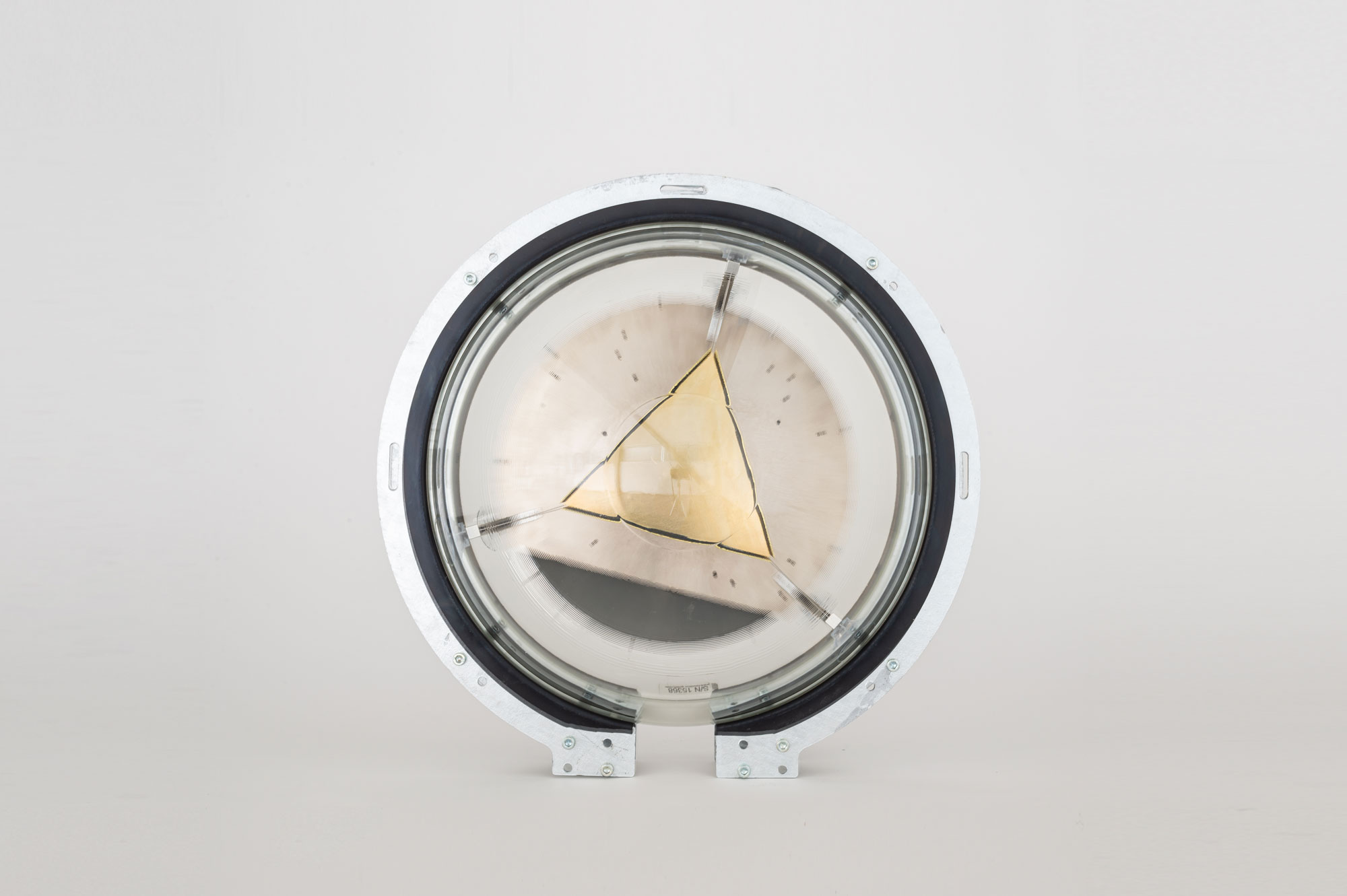
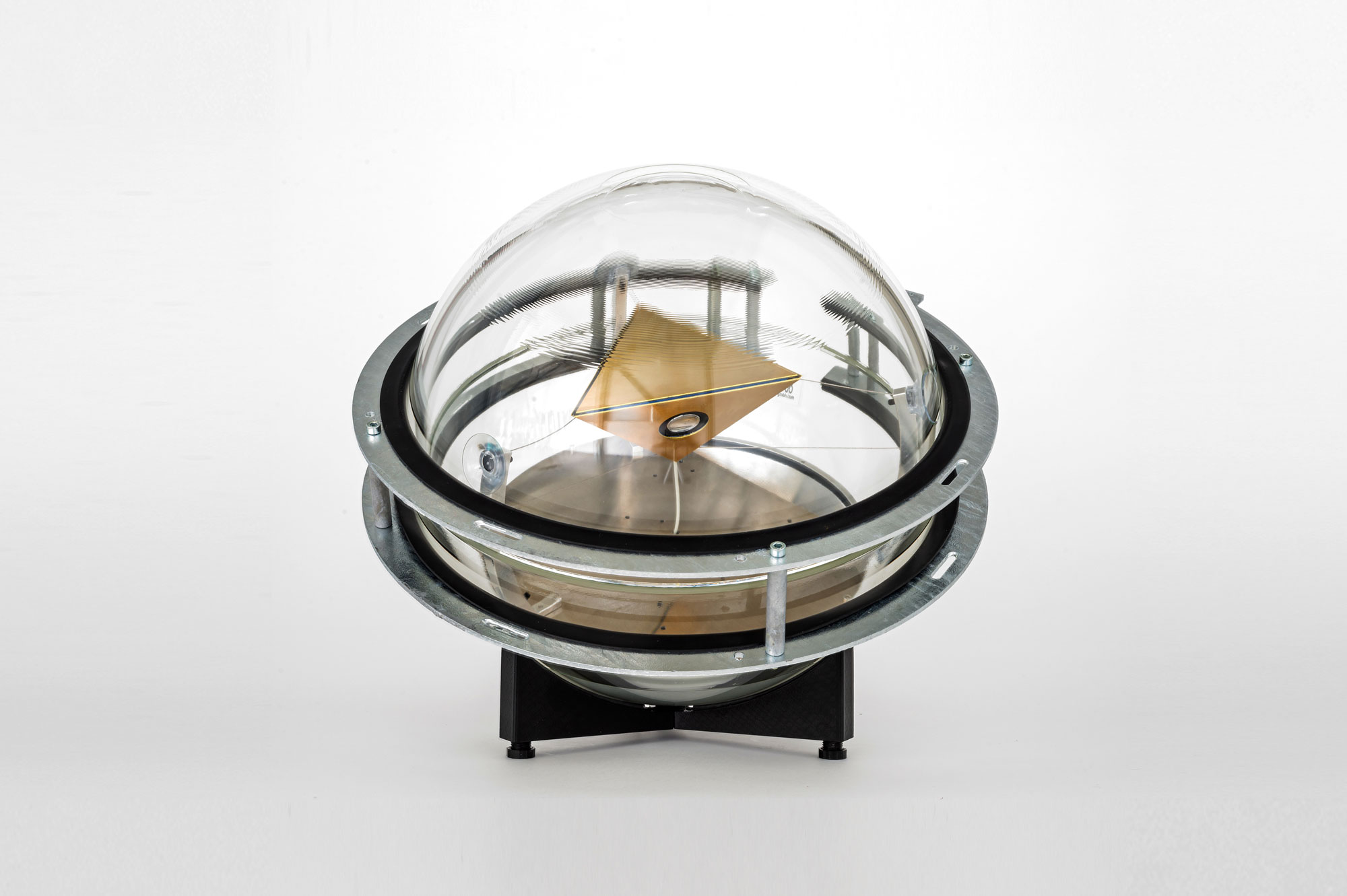
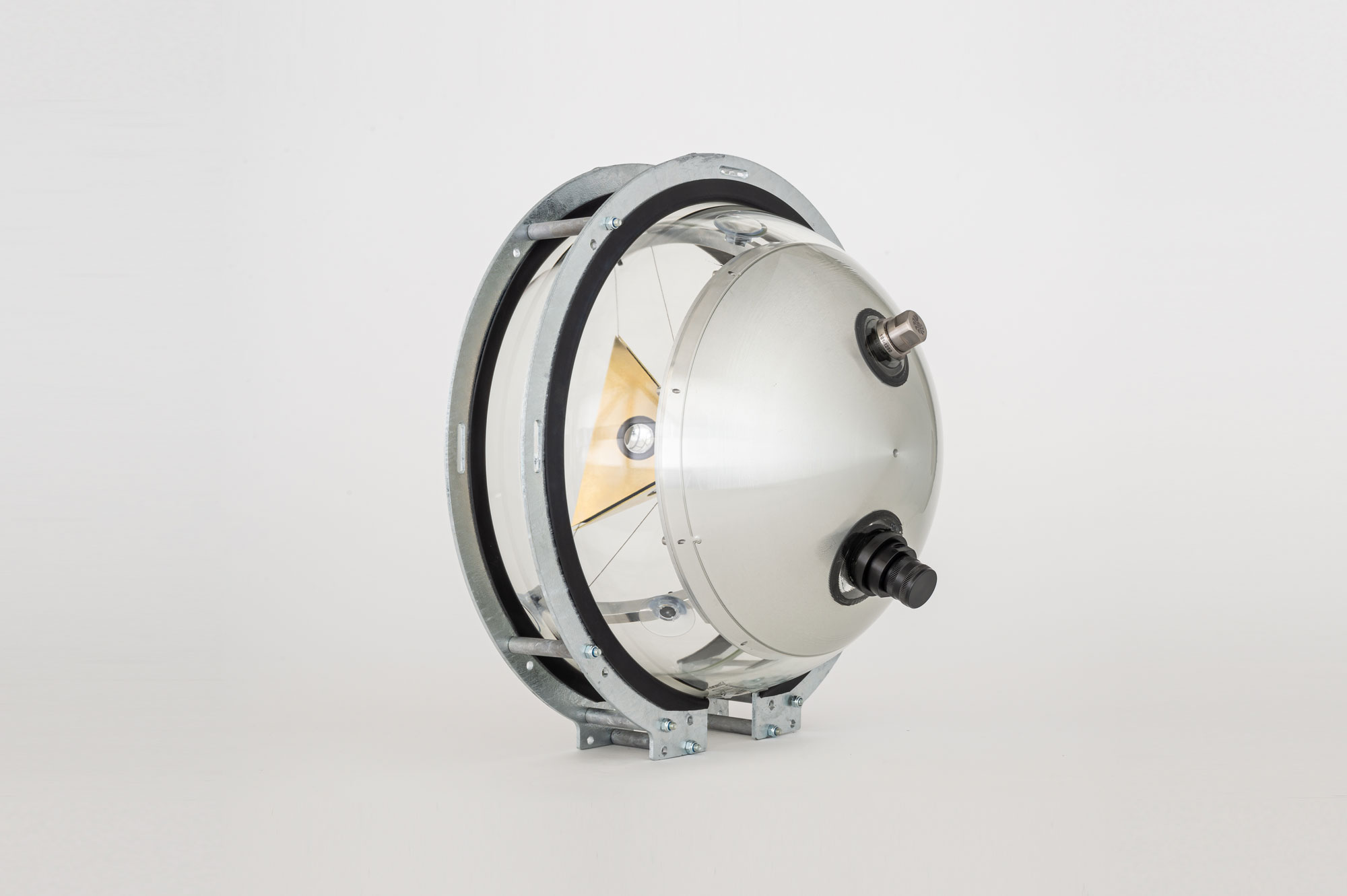
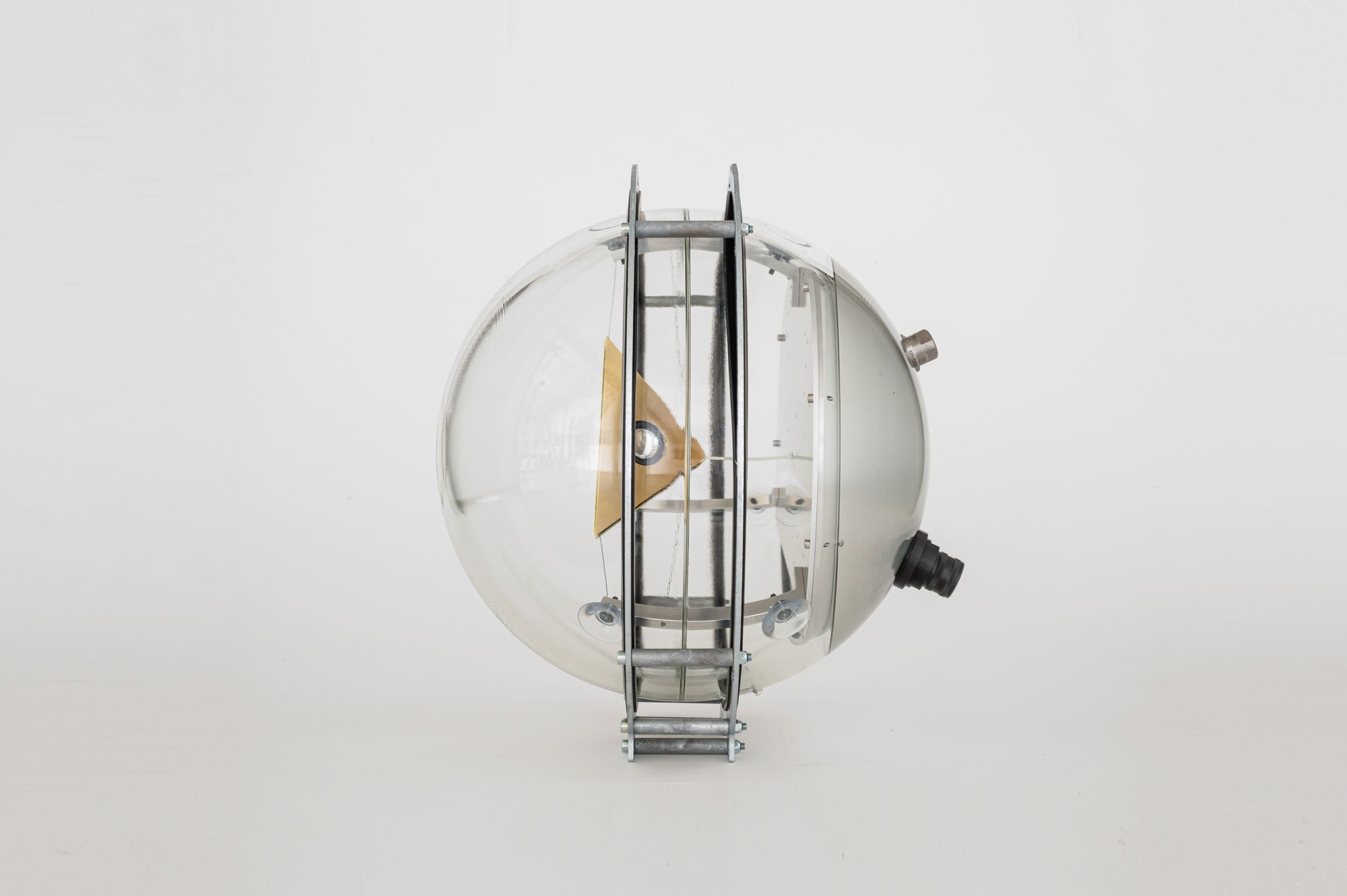
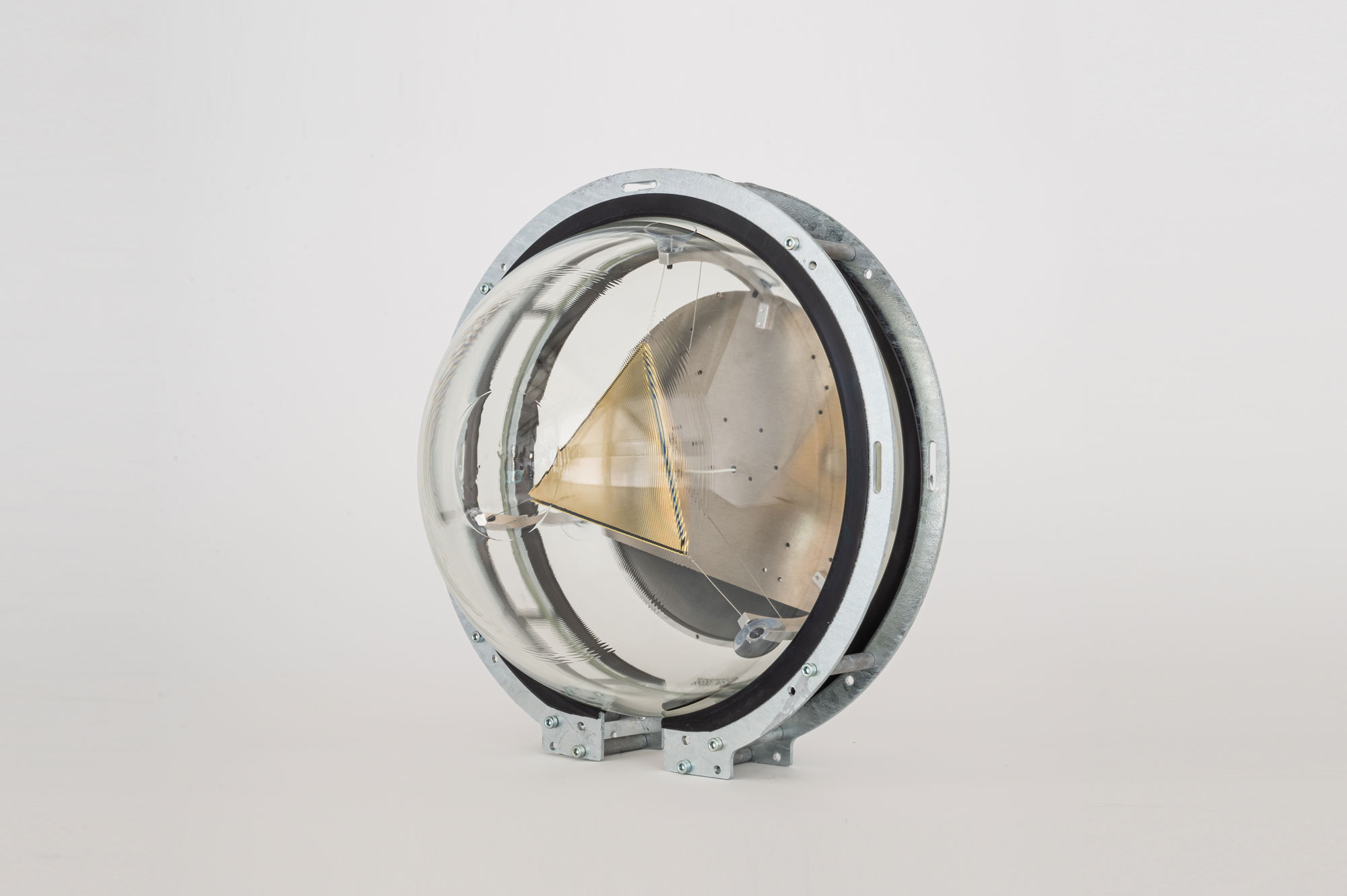
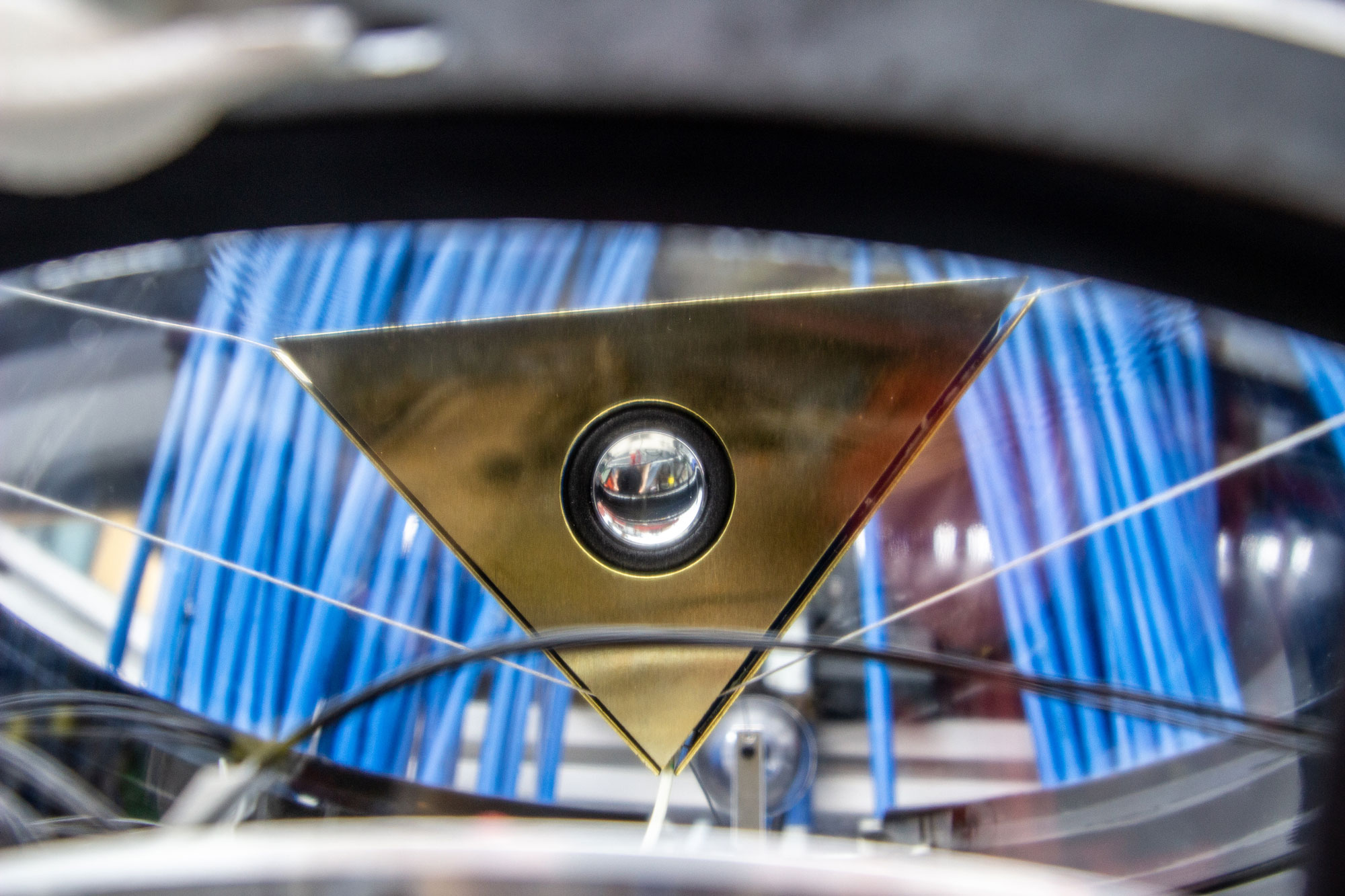
Ocean Networks
The University of Victoria’s (BC) Ocean Networks Canada is a series of marine and oceanographic monitoring and network stations and infrastructures located at various sites across Canada. ONC operate the NEPTUNE Ocean Observatory in the Pacific Ocean that the P-ONE Telescope is also attached to. The NEPTUNE infrastructure is an 840 km loop of powered fibre optic cable with five nodes or stations, including Cascadia Basin where Radio Amnion transmits. Each node is instrumented with a diverse suite of sensors that enable researchers to study interactions across geological, chemical, physical, and biological processes that drive the dynamic earth-ocean system.
For more details on ONC, please see their website.
For information on the interdisciplinary development of Bioregions, please see Bioregionalism on CascadiaNow.
Register
Sign up on our mailing list to hear about upcoming transmissions.
Thanks for registering!
Contact
Please feel free get in touch at [email protected]. You can also follow us on Instagram.
Credits
Radio Amnion was initiated by artist and researcher Jol Thoms in 2019, submerged into the Ocean in 2020, and came to operation in June of 2021—all due to a remarkable invitation from Prof. Elisa Resconi of the SFB1258.
Radio Amnion is a partnership with the SFB1258 Neutrino and Dark Matter Group at the Technical University of Munich and in collaboration with Ocean Networks Canada at University of Victoria, British Columbia, CA.
Big thanks to Kilian Holzapfel at SFB1258 for engineering and operations support, and to Petra Riedel and Stefan Schönert at TUM. Thanks to Dwight Owens and Kim Juniper at Ocean Networks Canada.
Thanks to and inspiration from Melody Jue, Astrida Neimanis, Eve Tuck, Karen Barad, Isabel Stengers, Michael Marker, A.N. Whitehead, Stanislaw Lem, & Olaf Stapledon.
Special Thanks to the SFB42 collective at ADBK Munich and to all the artists involved in Radio Amnion.
Radio Amnion acknowledge the support of the Canada Council for the Arts. Nous remercions le Conseil des arts du Canada de son soutien.
This website was designed and developed with Minkyoung Kim and Marie Otsuka (MK+MO). It is a static site, using a beta variable font version of Magmatic by Occupant Fonts and Publico Text Mono by Commercial Type.
All Sound, Text and Images are copyright of Jol Thoms/Radio Amnion and the respective authors.

